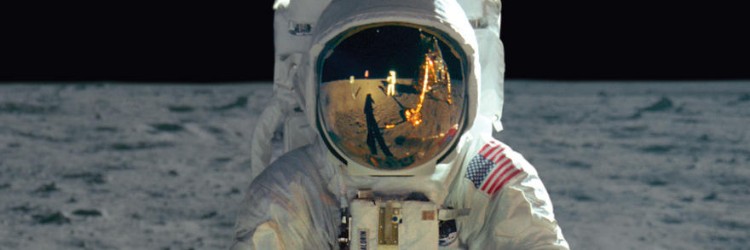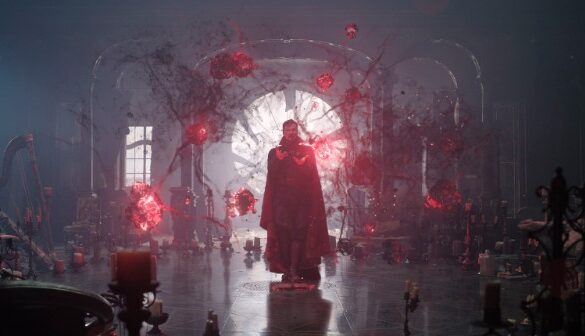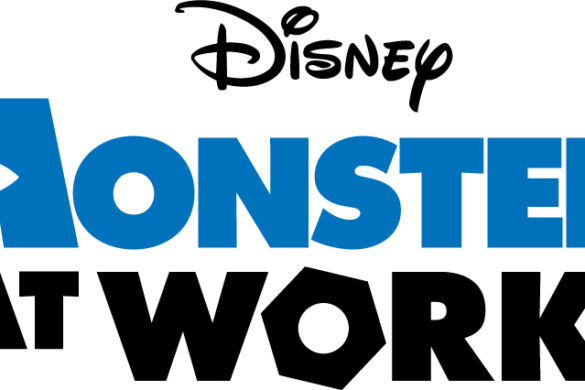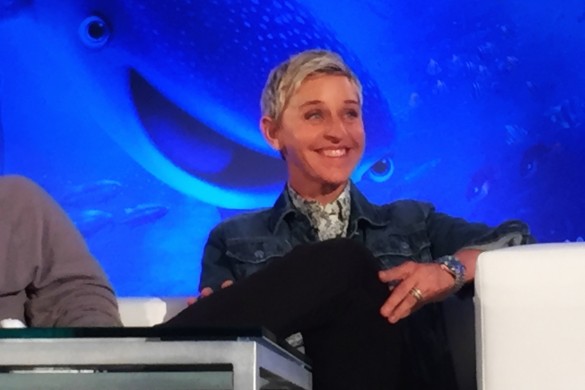“That’s one small step for man, one giant leap for mankind,” proclaims Commander Neil Armstrong while taking the first human steps on the moon and helping America win the “Space Race” on July 20, 1969. Armstrong’s historical one-liner is brilliantly captured in the film, Apollo 11: First Steps Edition now showing at the California Science Center to commemorate the 50th anniversary of NASA’s Apollo 11 mission. My 11-year-old daughter and I recently attended a screening of this phenomenal 44-minute documentary. Both of us walked away cheering and driven with a renewed interest in space exploration. While I was interested in space progression over the past several decades, my tween was spellbound by the Commander Neil Armstrong’s AMAZING piloting skills.
Director Todd Douglas Miller reviewed over 11,000 hours of video and audio footage while creating Apollo 11: First Steps Edition. Thanks to never-before-seen 70mm footage and electrifying audio recordings, we’re introduced to Mission Control and its team of 400,000 men and women. Speaking of footage – breathtaking scenes soar from final preparations at Kennedy Space Center (Merritt Island, FL) to liftoff to the lunar landing to the nail-biting splash in the Pacific Ocean. As the clock winds down, candid conversations with Commander Armstrong, Lunar Module Pilot Buzz Aldrin and Command Module Pilot Michael Collins reveal their personal journeys leading up to this epic adventure!
Apollo 11: First Steps Edition deep dives into rocket science by demonstrating Mission Control’s role of providing accurate algorithms, flight paths, and “razor-thin” error margins of every conceivable maneuver. One of the most exciting scenes features dialogue between flight controllers on the ground and Commander Armstrong as he takes semiautomatic control of the lunar module. With only 25 seconds’ worth of fuel remaining, Commander Armstrong avoids the 30-meter-wide Little West Crater by steering past the site and landing on smooth terrain. Needless to say, hearing the fuel-gauge alarms and watching Armstrong’s skillful piloting is awe-inspiring. If a picture’s worth a thousand words, then shots of countless spectators camped out at Kennedy Space Center exemplifies humankind’s collective leap into space.
A special Q & A with Mission Control Specialist Poppy Northcutt and Former NASA Astronaut John D. Olivas followed the screening. Both of these space science professionals set historical “firsts” on their own merit. Poppy Northcutt, a “Return to Earth Specialist was the only female working the flight control team at the time of the Apollo. She worked on the main target area for re-entry, which was the mid-Pacific Ocean. While she agrees that landing on the moon was a historical event, she believes returning to earth was more significant. “The most important thing to me was not that first step on the moon. The most important thing to me was that first step back on the earth after you landed home because you don’t have anything to say if no one’s survived the splash down on the return,” she explains. Her job in creating calculations for the Apollo’s successful earth re-entry began three years prior to the mission.
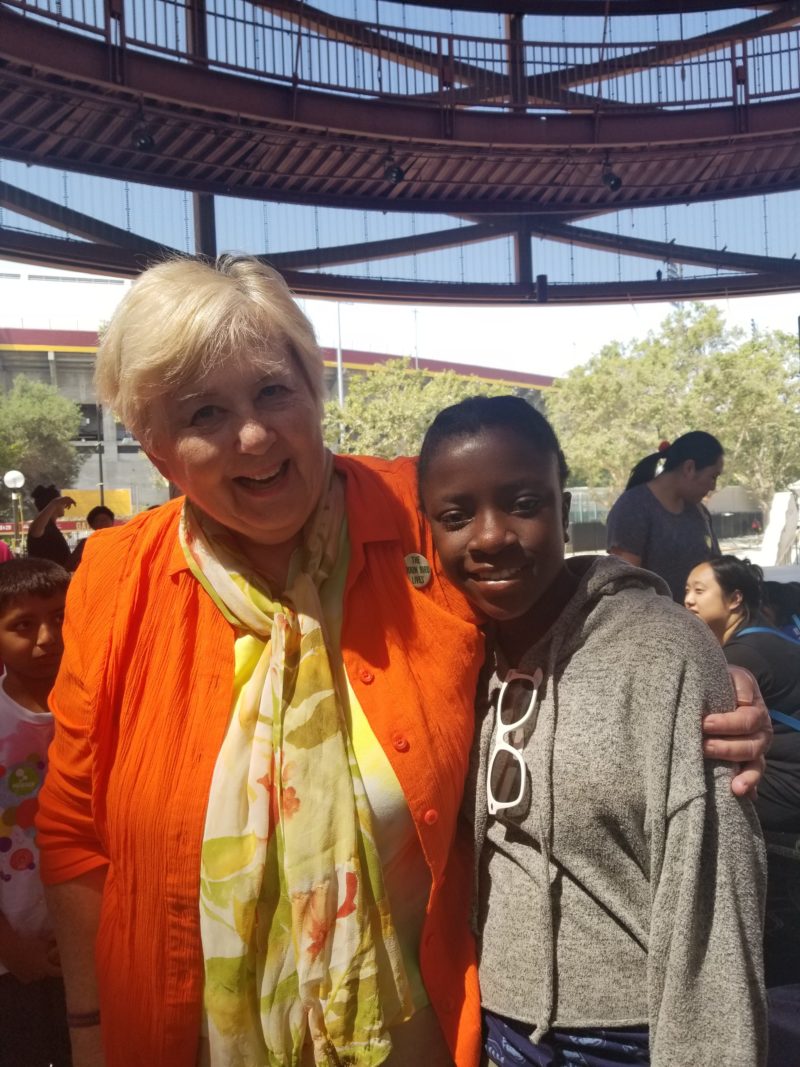
Former NASA Astronaut John D. Olivas was the first Mexican-American male to fly on two space shuttle missions (STS-117 and STS-128). The North Hollywood native was thrilled with the accuracy of the film’s depiction of astronauts in space. “Once the mission starts, so many things have to go right and so many things are going forward that there’s no time to ‘stop and do over.’ There’s no time to breathe and I felt that the film really captured that essence out of the truth in space flight. Olivas also shared his pride in NASA’s diverse team of astronauts and space specialists. Olivas explains:
“When the space control team first initiated, it had a certain look, a certain feel to it. And, what we’ve discovered over time and NASA’s come to fully appreciate over time is by inclusion of these wonderful people who are out here who are passionate about space, from all different walks of life, and actually look like the general public, through that collaboration we can do so much more. We have done so much more … That environment of inclusion and diversity has allowed us to do things even more so. As we see from a technological progression, from Mercury to the Apollo, we’ve also seen a kind of societal progression as well, where we’re much more open and willing to work with one another.”
Take one giant leap toward space and watch Apollo 11: First Steps Edition for a fascinating glimpse at man’s first walk on the moon from the eyes of all who participated in this momentous occasion. Olivas says it best when describing this film. “One of the things that I appreciate is the significance of what a human endeavor can do when we put our minds to it.”
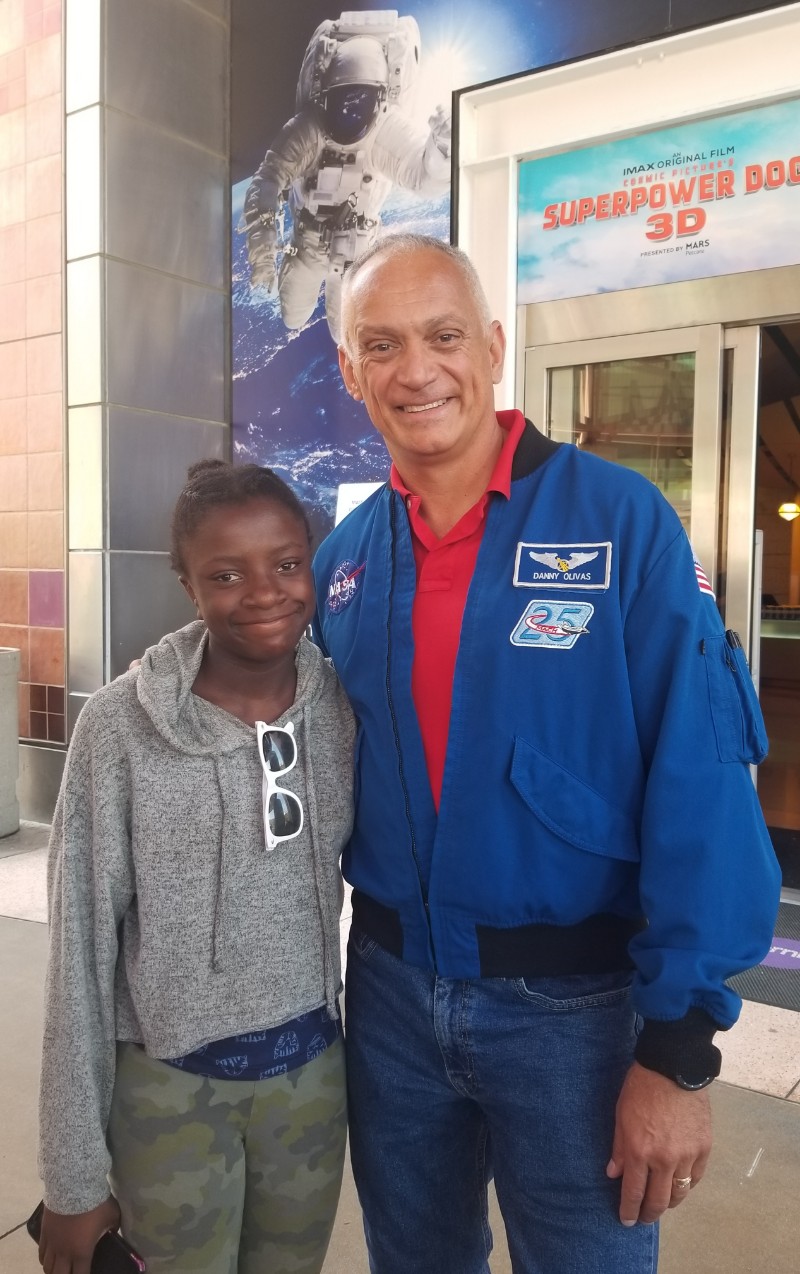
Apollo 11: First Steps Edition Opens: July 15, 2019
Learn more:
https://apollo11firststeps.com/
https://www.californiasciencecenter.org/

